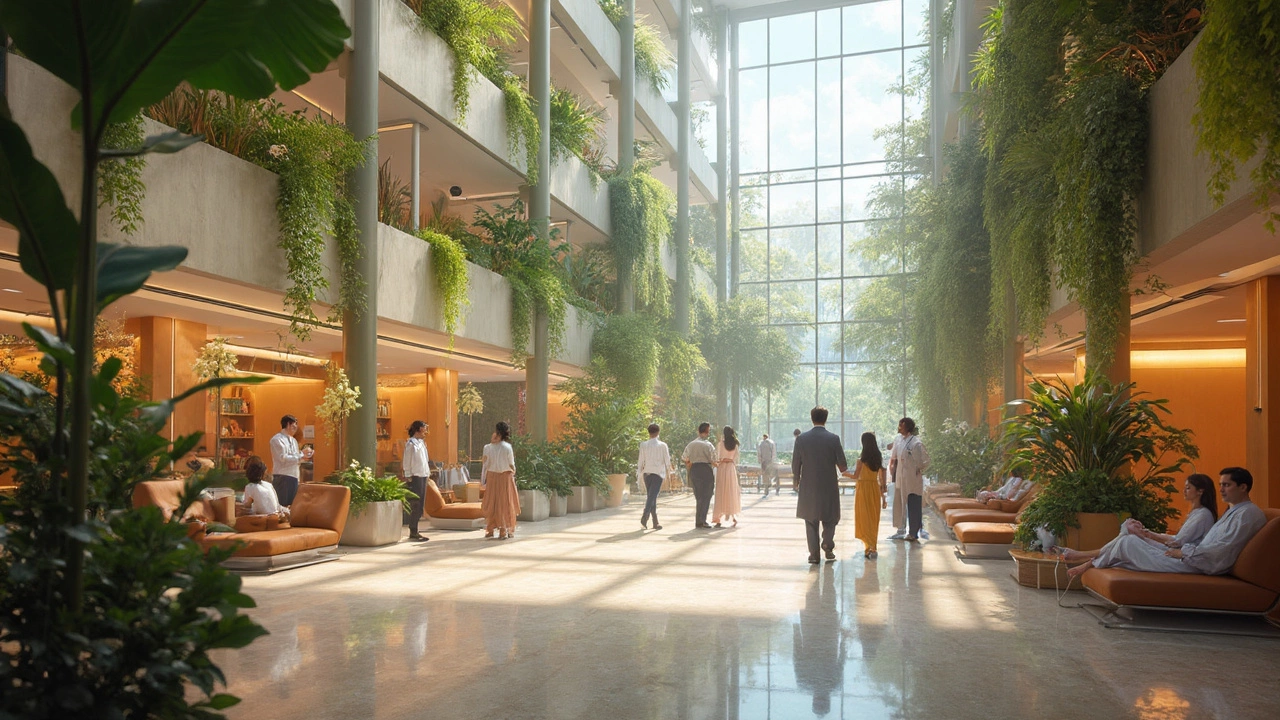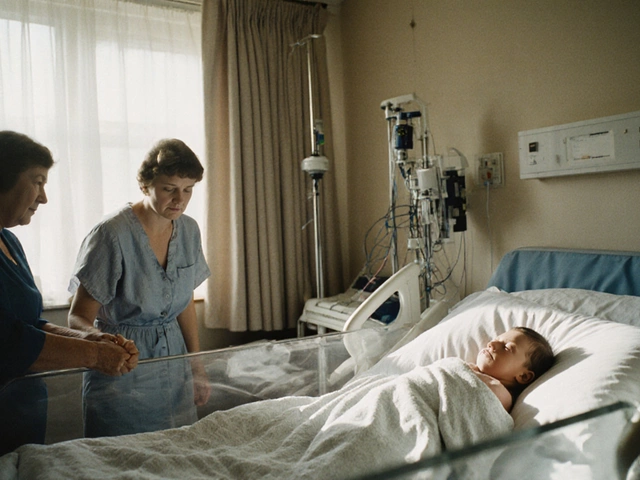Ever wondered if you could feel relaxed and inspired during a hospital stay? Some U.S. hospitals don’t just heal bodies; they wow visitors with their looks. This article looks at the most beautiful hospital in the States, how its design makes a real difference, and why medical tourists flock there. Find honest tips if you’re thinking about getting treatment in a place that feels more like a resort than a clinic. If you want comfort, Instagrammable views, and top-notch healthcare rolled into one, you’re in the right spot.
Read MoreHospital Design Tips: Making Modern Health Spaces Work for Everyone
If you walk into a hospital and feel calm instead of stressed, the design has done its job. Good hospital design isn’t just about looking nice – it’s about keeping patients comfortable, helping staff move quickly, and reducing infections. Below are easy‑to‑apply ideas that anyone planning a healthcare building can use.
Key Elements of Patient‑Friendly Design
First things first: patients should feel safe and relaxed the moment they step in. Use natural light wherever possible – a sunny waiting area cuts anxiety faster than any brochure. Large windows, skylights, or light‑reflecting ceilings bring daylight inside without extra cost.
Second, keep navigation simple. Clear signage, color‑coded corridors, and open‑plan layouts let people find their way without asking a receptionist. A well‑placed floor plan with clear sight lines reduces confusion and shortens the time spent wandering.
Third, think about comfort zones. Soft, acoustic‑friendly flooring, comfortable seating, and private family rooms make long stays less tiring. Adding small elements like water fountains or indoor plants can lower stress levels – research shows they improve mood and even speed recovery.
Design Strategies for Staff Efficiency
Doctors, nurses, and cleaners need a space that speeds up their work, not slows them down. Positioning supply rooms and medication stations close to patient rooms cuts walking distance. A “hub‑and‑spoke” layout, where central nursing stations branch out to clusters of rooms, lets staff see many patients at a glance.
Separate clean and dirty traffic. Design dedicated pathways for waste removal, linens, and food service so they don’t cross with patient flow. This separation reduces infection risk and keeps the environment orderly.
Technology integration matters too. Install wall‑mounted monitors, smart lighting, and Wi‑Fi in every room. When the lights adjust automatically to daylight and alarms are audible but not blaring, both patients and staff benefit.
Finally, think about future upgrades. Modular walls, adaptable plug‑points, and flexible HVAC zones let the hospital evolve without major demolition. This saves money and keeps the building up‑to‑date with new medical equipment.
In short, a good hospital design balances patient comfort, staff workflow, and safety. Use natural light, clear wayfinding, and cozy spaces for patients. Keep supplies close, separate traffic flows, and embed technology for staff. By following these straightforward steps, you’ll create a health facility that feels welcoming, works efficiently, and stays safe for years to come.





